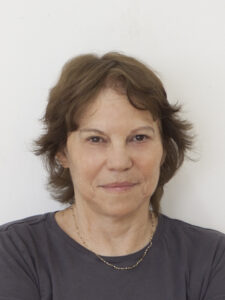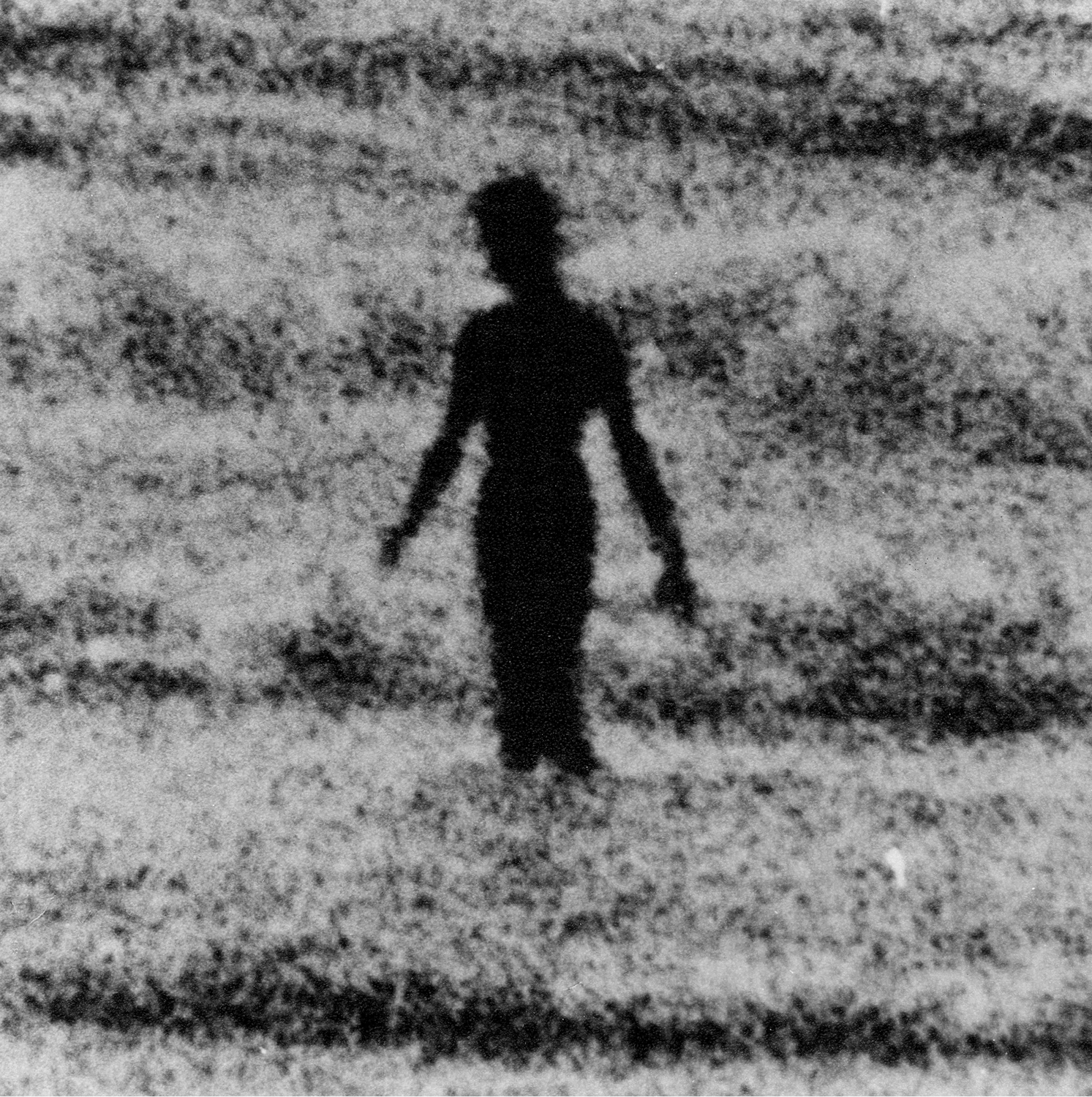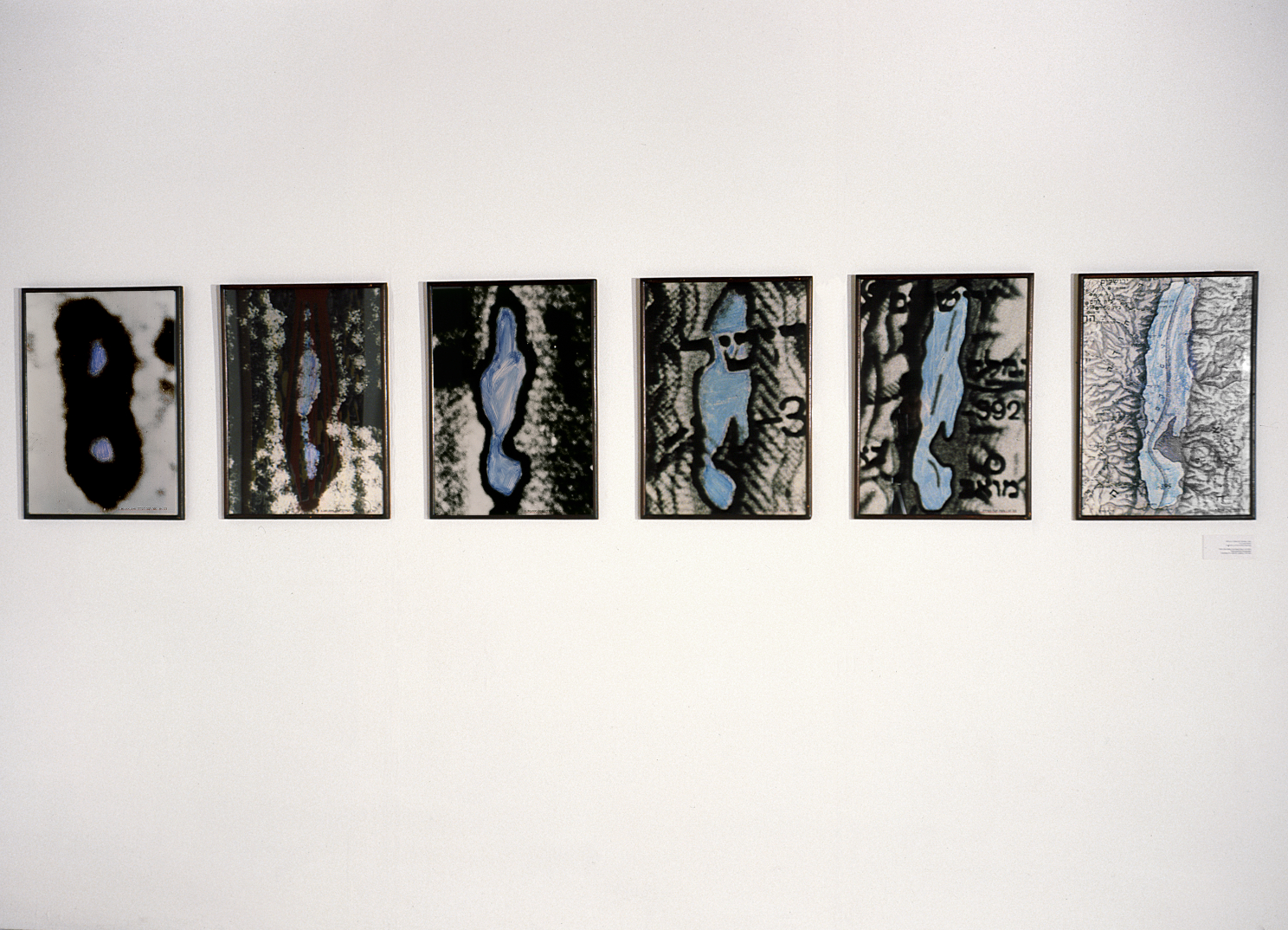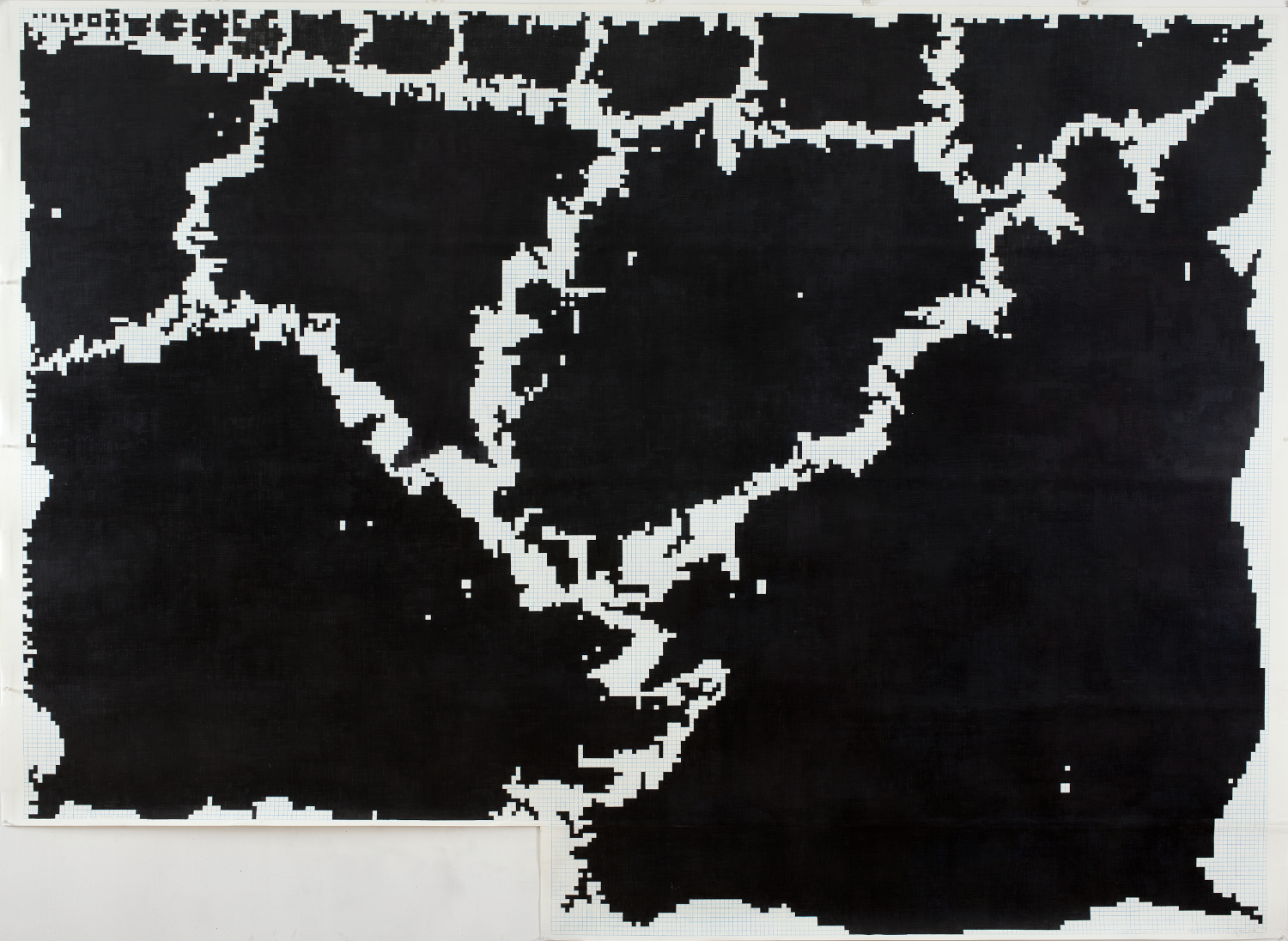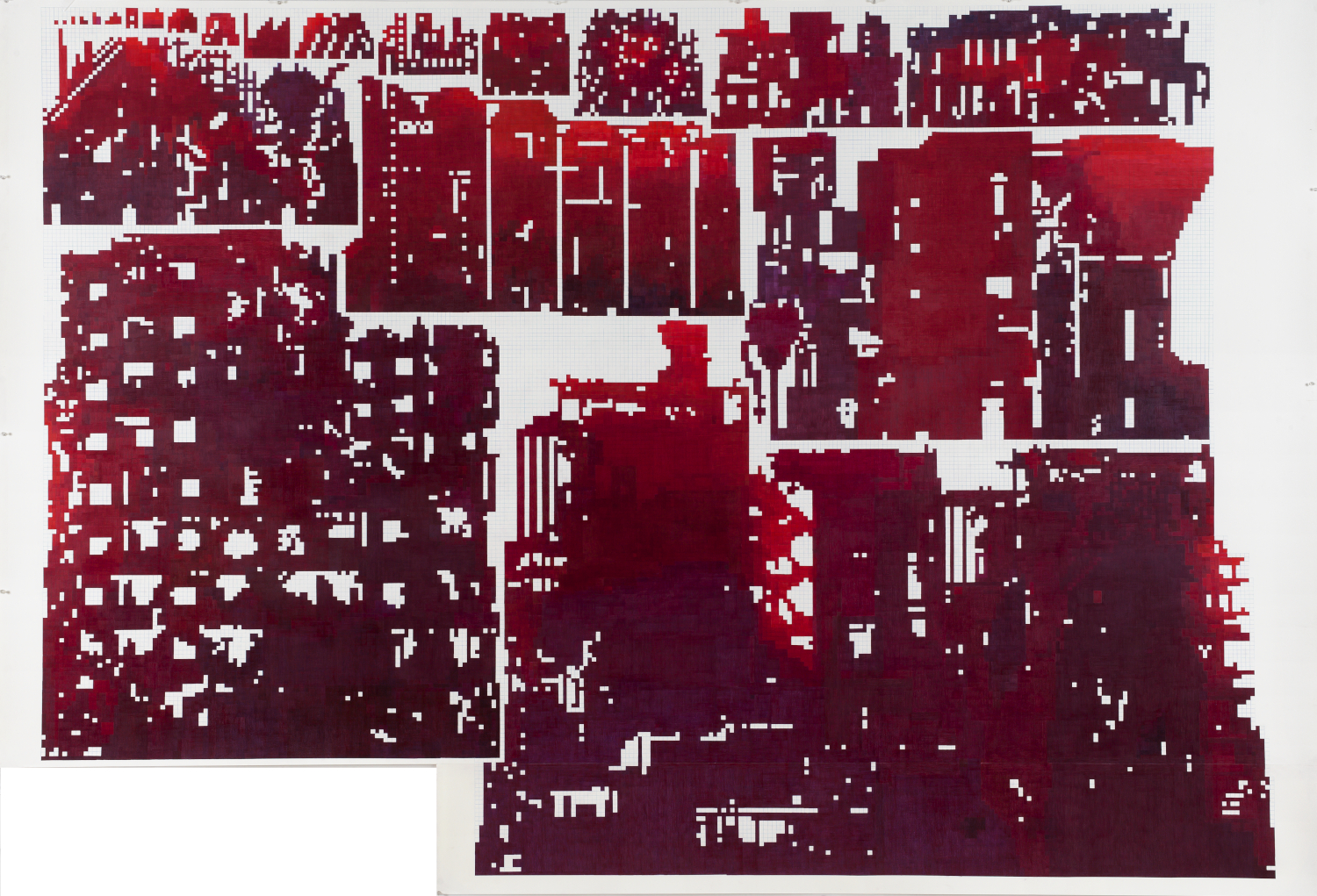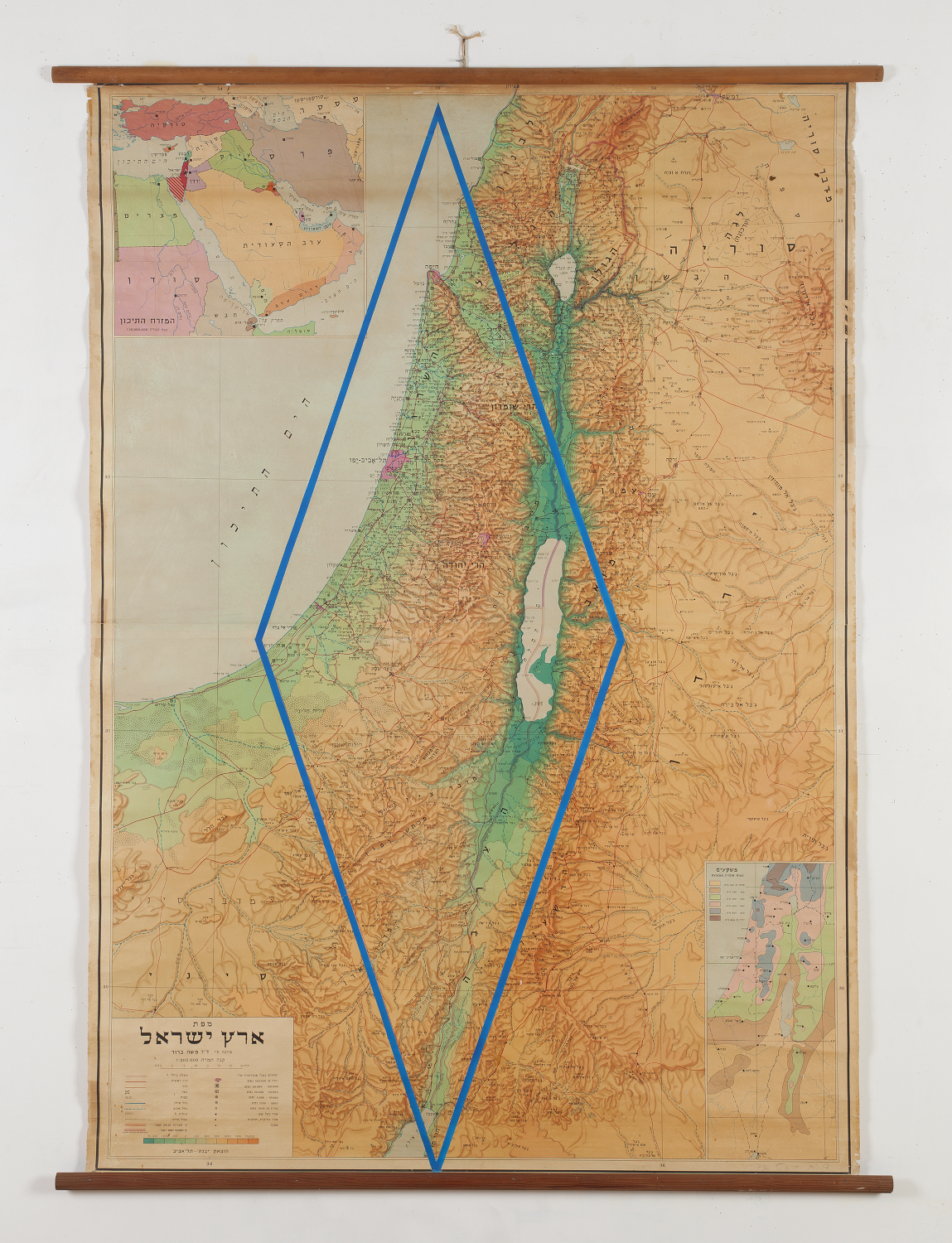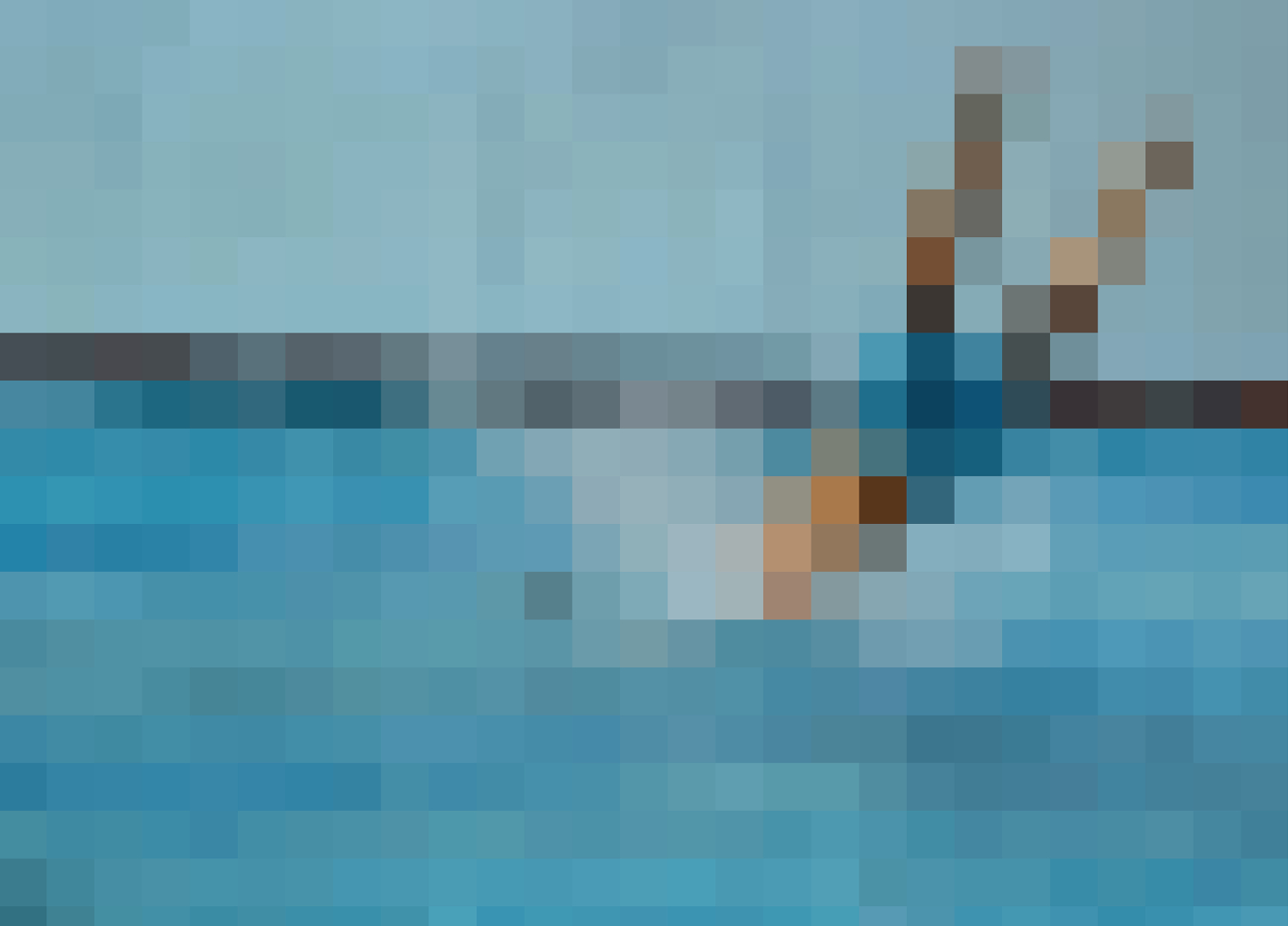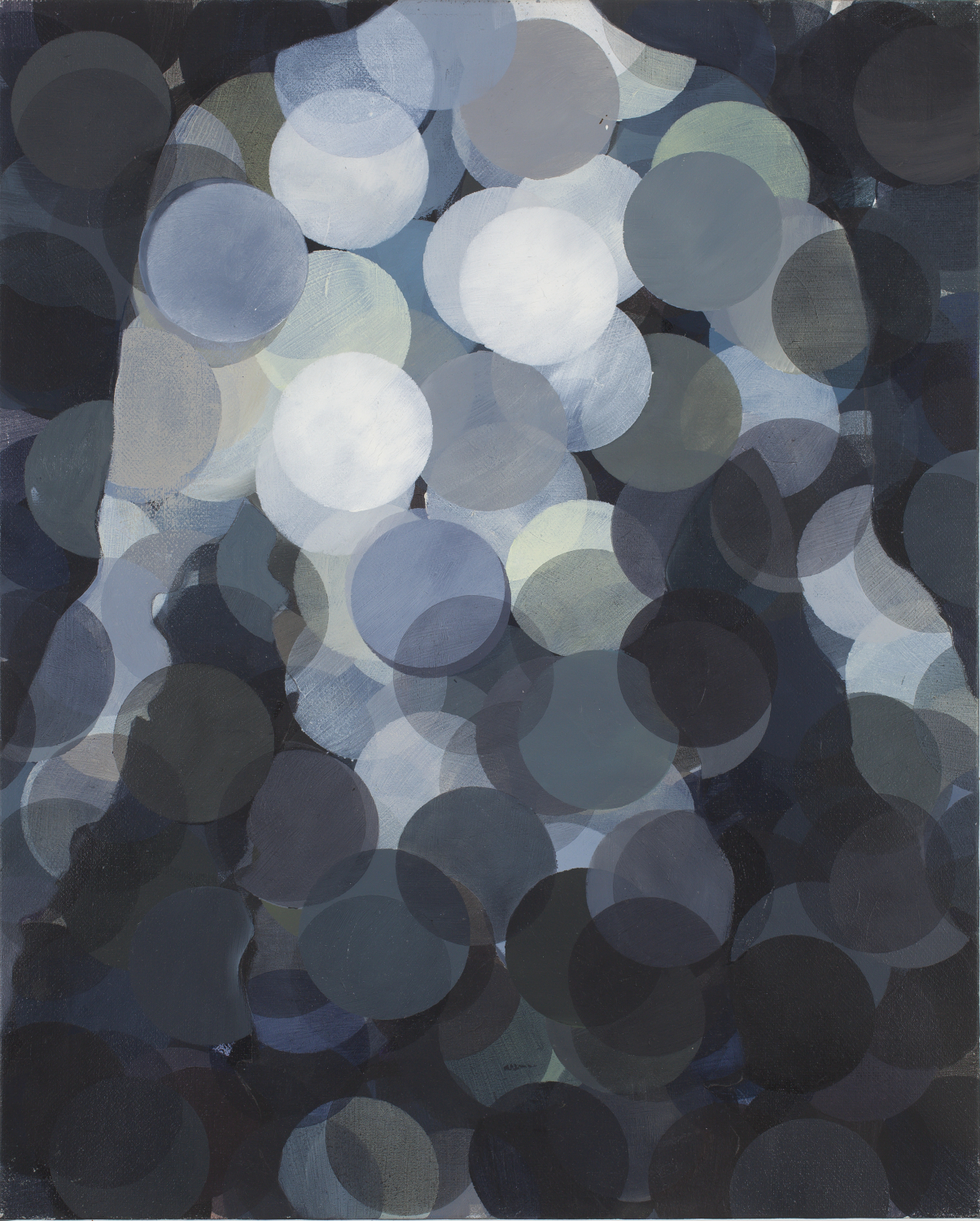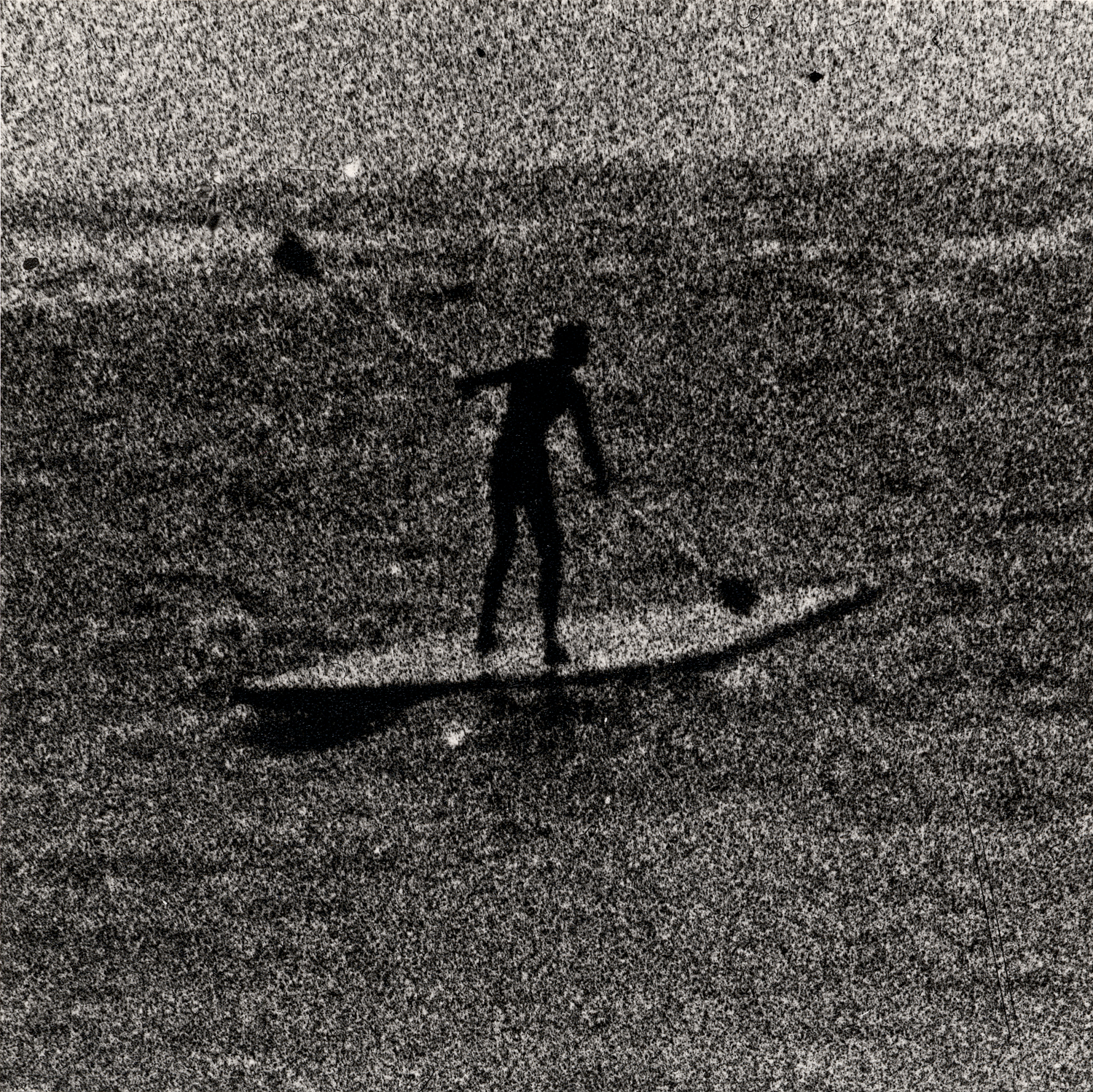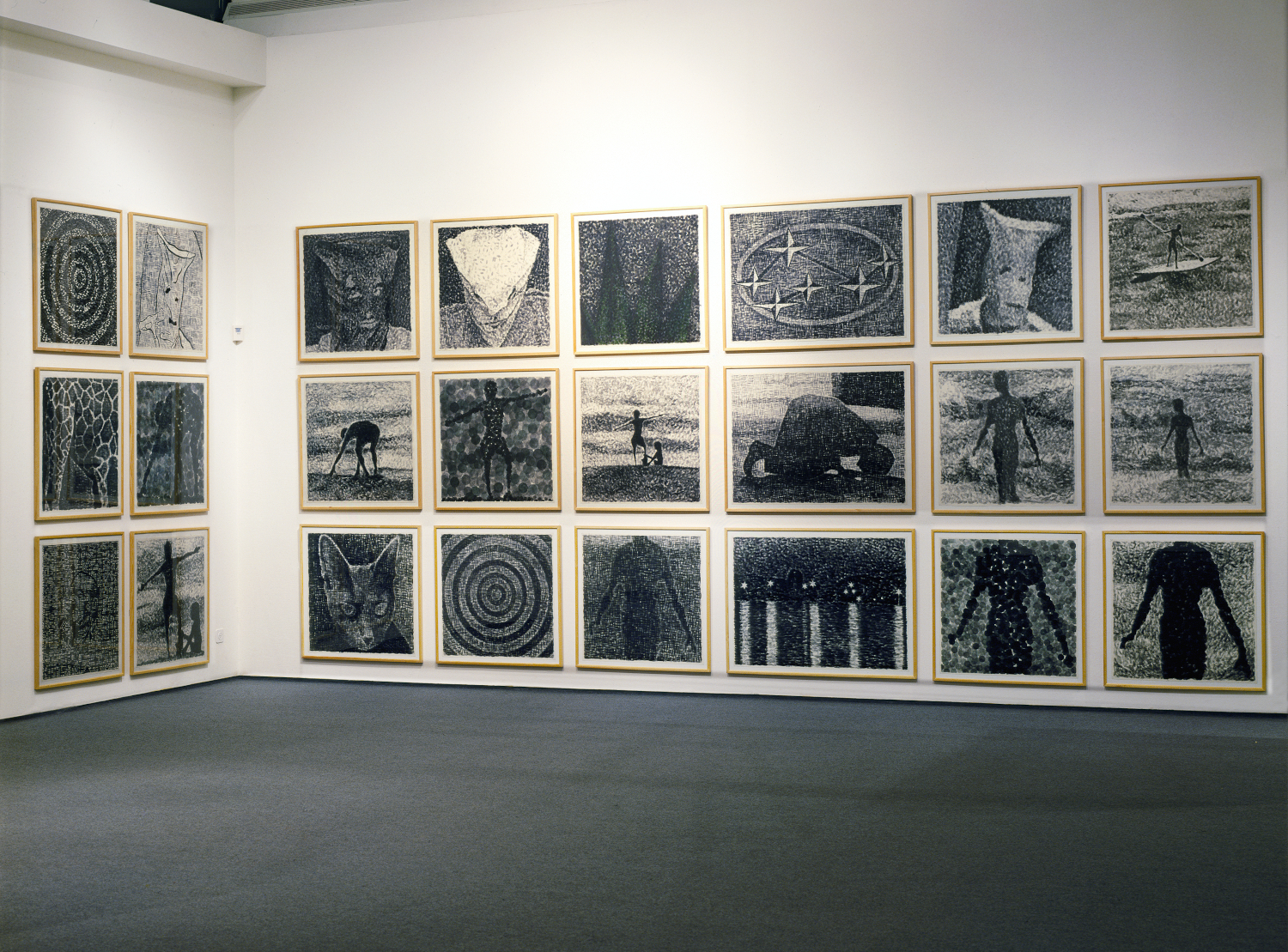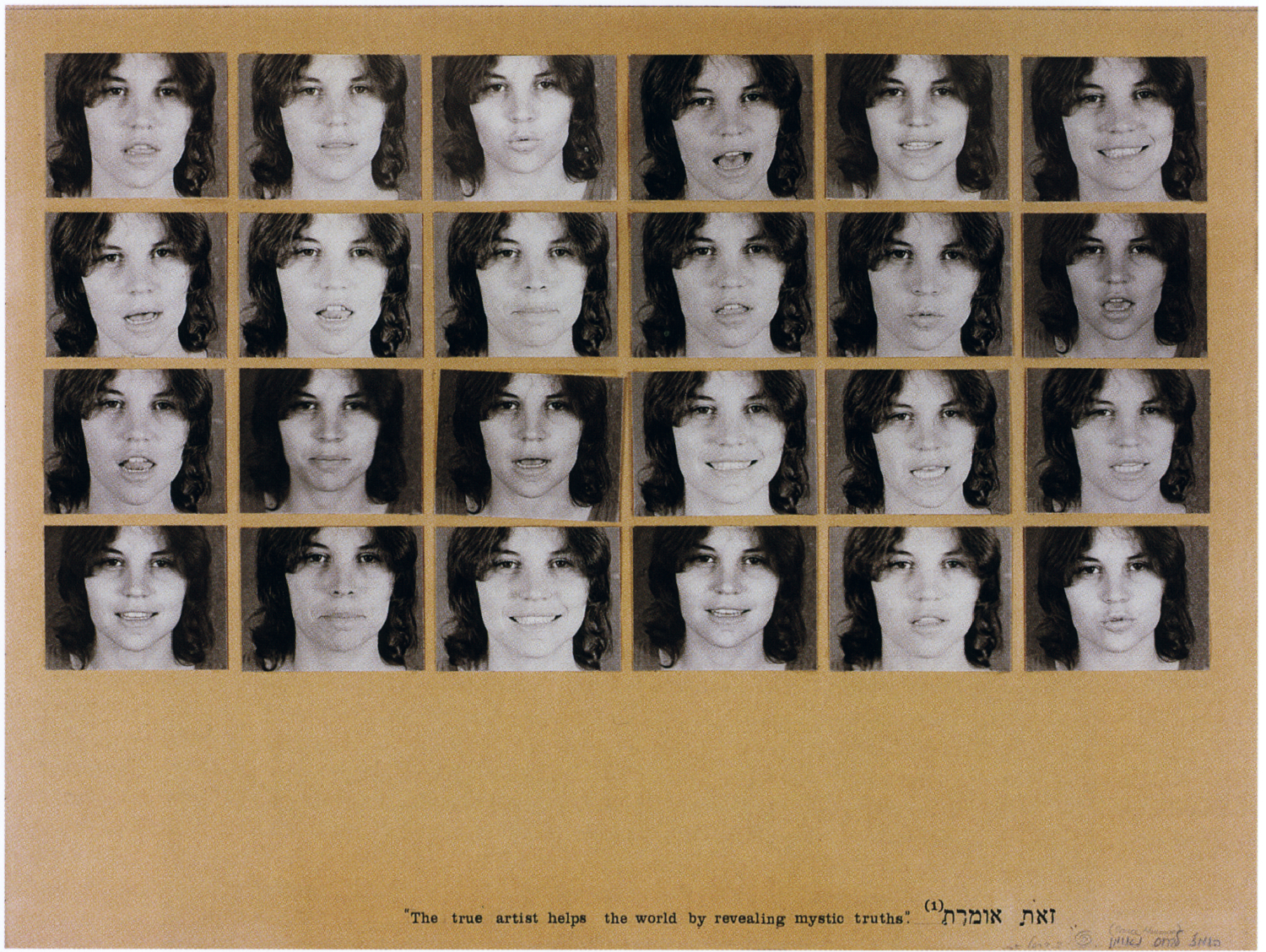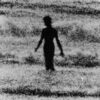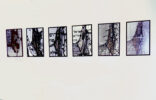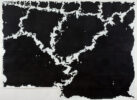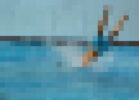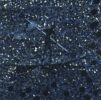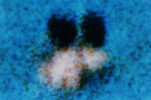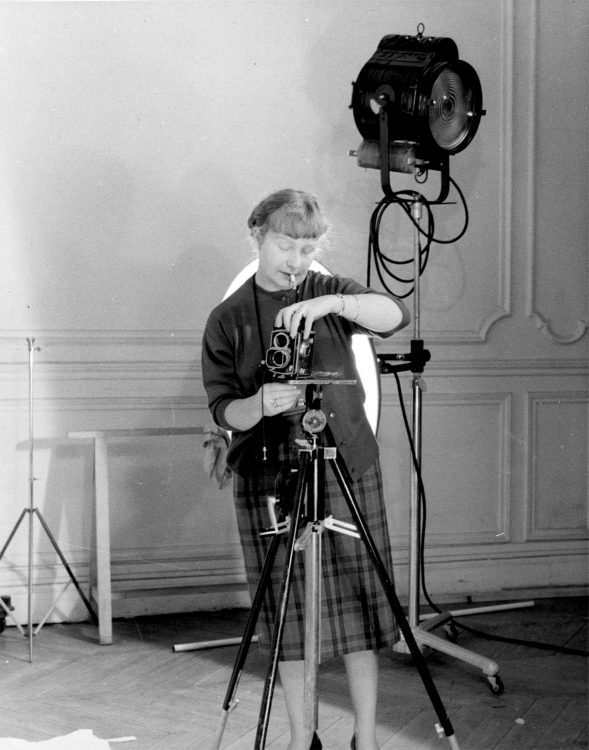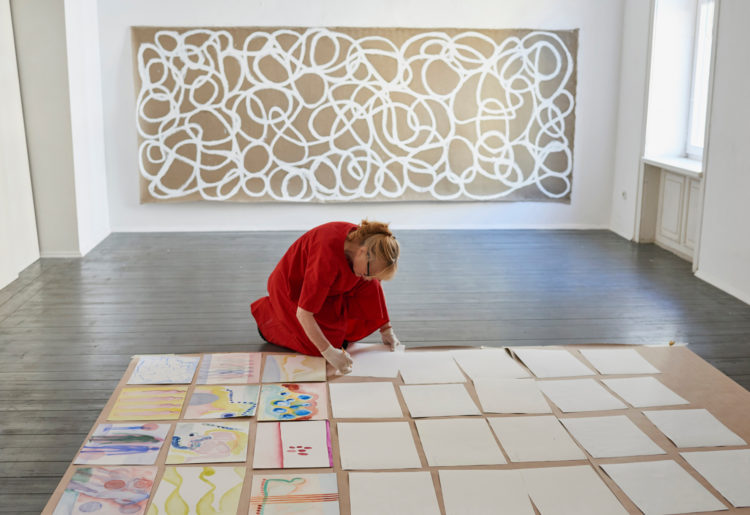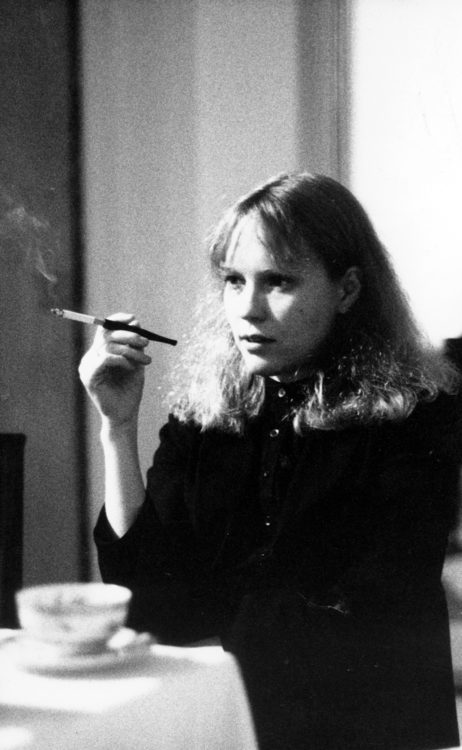Deganit Berest
Biberman, Efrat (ed.), That is to Say: On the Art of Deganit Berest, Jerusalem, Y.L. Magnes, 2020 (in Hebrew)
→Ginton, Ellen, Ginton, David, Biberman, Efrat, Dotan, Esther and Geldman, Mordechai, Deganit Berest: The Conspiracy of Nature, Works 1973-2013, exh. cat., Tel Aviv Museum of Art, Tel Aviv (May 17-September 28, 2013), Tel Aviv, Tel Aviv Museum of Art, 2013
→Zalmona, Yigal, Deganit Berest: Loch Ness Investigations, exh. cat., The Israel Museum, Jerusalem (January 1-February 3, 1990), Jerusalem, The Israel Museum, 1989
Deganit Berest: The Conspiracy of Nature, Works 1973-2013, Tel Aviv Museum of Art, Tel Aviv, May 17-September 28, 2013
→Deganit Berest: Four Chapters on Water, Haifa Museum of Art, Haifa, July 19-November 21, 2004
→Loch Ness Investigations, The Israel Museum, Jerusalem, January 1-February 3, 1990
Israeli photographer and post-conceptual artist.
Prominent artist Deganit Berest works in photography, painting, drawing and collage. Her varied practice is distinguished by its post-conceptual approach and highly codified works, which use scientific principles, geometric systems or physical formulas to examine the conditions of sight, the relation between images and words, and the tension between science and irrationality.
D. Berest often cites Raffi Lavie (1937-2007), a major figure in Israeli conceptual painting, who was her high school teacher, as a great influence. After choosing an art education over natural sciences, she received her BFA from Bezalel Academy of Arts and Design, Jerusalem in 1973 and an MFA from Pratt Institute, New York in 1980.
D. Berest’s early 1970s works included timely conceptual photography works, such as This Is to Say (1975) – a grid of photographs each showing the artist saying one syllable of the sentence “The True Artist Helps the World by Revealing Mystic Truths”. Translating Bruce Nauman’s (b. 1941) famous neon work of the same name into mutant syllables (1967), this early work captures D. Berest’s characteristic use of decomposition to explore the inherent artistic tension between truth and mysticism, as well as a subtle address of gender issues by an artist who once remarked that when creating art, her soul is genderless.
Another important series from that time features enlarged photographs of maps of Israel taken from an old atlas book that was widely used for teaching geography in schools in Israel (From Physical-Political-Economic Atlas, Dr. Moshe Brawer (ed.), 6th edition (Eretz-Israel), 1976). Enlargement is another tactic used by D. Berest to disrupt the image, pushing it towards infinity or multiplicity. The elusive political undertones will also accompany D. Berest’s later works.
In her first major solo show, Loch Ness Investigations (Israel Museum, Jerusalem, 1987), D. Berest begun to explore the ungraspable surface of water. Drawing from the artist’s trip to Loch Ness, the show included abstract representations of the mysterious lake, based on mathematical principles. The interest in water continued with typological series of enlarged photographs and paintings featuring figures bathing at Tel Aviv Beach and the Dead Sea. These deconstructed, pixelated systems of stains deal with relations of density and darkness between figures and background, while holding forensic, pathological or Christian-corporeal aesthetic qualities.
D. Berest’s major retrospective’s title, The Conspiracy of Nature: Works, 1973-2013 (Tel Aviv Museum of Art, 2013), refers to natural phenomena unexplained by physics and alludes to our inability to observe and know the world. In her exploration of how digression, perversion and randomness lie within the logic, the system or the series, D. Berest offers a unique, more poetic and less generative version of post-conceptual art.
Among D. Berest’s many prizes are the Rappaport Prize for an Established Israeli Painter (2012), the Israeli Minister of Education and Culture Prize for Painting and Sculpture (1988 and 2005), and the Sandberg Prize for an Israeli Artist (1993). Her works are included in major collections such as The Jewish Museum, New York, The Israel Museum, Jerusalem and Tel Aviv Museum of Art, Tel Aviv.
Partnership with Artis
© Archives of Women Artists, Research and Exhibitions, 2023


